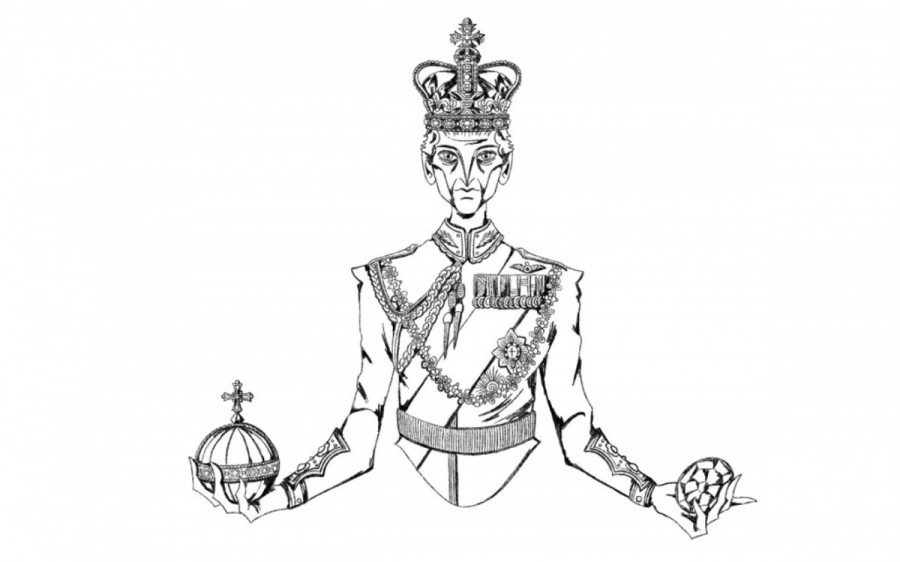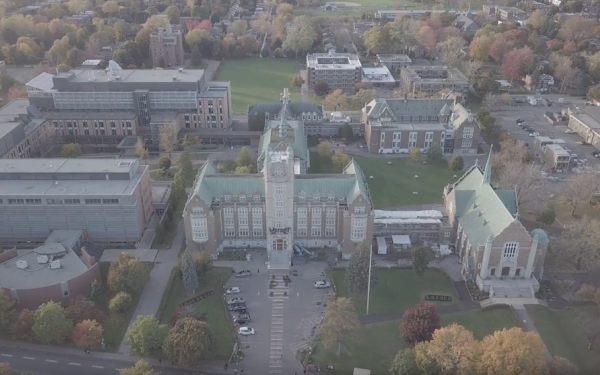She is Dead Now, You Can Tear the Crown Apart
The Argument for Cultural Restitution Through the Kohinoor Diamond
When the British took the Kohinoor diamond from Punjab, more than half of it was cut without hesitation, to fit within Queen Elizabeth’s crown.
Stolen, fragmented and appropriated by British legacy—a fitting analogy of their role in the subcontinent.
B-but the diamond has become a part of British culture! You’re absolutely right, a culture that is still proud of its imperialist past, and nothing beyond this in relation to the stone.
In Paul Young’s The Kohinoor, the Crystal Palace, and the Mission to Make Sense of British India, the diamond was placed on display in Britain in the 19th century to symbolize the nation’s “strength, economic prowess and imperial dominance” and its ability to impose it onto others. According to Young, the Kohinoor was famously known for its size and martial history as it depicted the “incalculable wealth, mystery, monarchical power, and strength of the British Empire.”
For Britain, their conquests and exploits were believed to have brought unprecedented economic and lifestyle improvements wherever they held influence, in this particular case, the territory known as the British Raj. This narrative was what the British advanced and by remodeling the history of South Asia as one supposedly saved by the British Empire, the historical and cultural value of the Kohinoor and many other cultural artifacts, were diminished and revamped to fit this account.
What is interesting about the gemstone is that although it is shrouded in a complex history of varying origins, ownerships, wars and bloodshed, the Kohinoor’s existence refutes many arguments against the repatriation of cultural artifacts.
The term Koh-I-Noor was originally coined 300 years ago translating to the Persian “Mountain of Light” after Emperor Nader Shah had been mesmerized by its size and beauty. Often cited in popular culture as the 5,000 year old “Symantaka” jewel from Hindu mythology, it was said to have been found in the Kollur Mine. Earliest records date back to ownership by King Porus in 325 BC and continue with Persian dynasties in the 13th century, Babur’s Mughal Empire in the 16th century and finally with the Sikh Empire in 1813.
Over hundreds of years, the diamond passed through the hands of a multitude of Afghan, Indian, Mughal and Persian families, remaining in Punjab until the “Treaty of Lahore” of 1849. As British troops surrounded the 10 year old Maharajah Duleep Singh, the young king was forced to cede it to the British as part of the annexation of the Punjab region, marking the end of the Anglo-Sikh Wars.
With the conquest of the land, Britain’s attitude towards the territory was that without its own economic presence, the Indian subcontinent would remain culturally backward. For them, European policies had to be forced onto uncivilized peoples and that it was the English duty to make them productive. This resulted in a mercantilist ideal for the colony that sought to maximize its economic potential. The Kohinoor became a symbol of glorified economic exploitation only to be later removed from the Crystal Palace, as it was deemed an item of “mere curiosity and rarity” by British institutions. This perverse and shallow cultural significance the jewel held to Britain cannot be compared to the nations of South Asia—the subject of religious texts, fables, myths and long-held allegories in South Asian culture to this day.
Despite its forceful acquisition and cultural appropriation, mainstream legal bodies uphold the British claim under contradictory premises that quite conveniently encourage repatriation yet systematically prevent any form of it. The British under current international law have no legal obligation to return the stone to the subcontinent because its attainment had occurred before modern international agreements. In the case of the Kohinoor, and every other cultural artifact stolen during the colonial period, prior conquest is a perfectly legal means of justifying the acquisition of property.
To challenge this purposefully biased structure, legal scholars such as Saby Ghoshray have argued that a new framework must be created to redefine cultural property to facilitate their rightful return. This can be done by raising the fact that the Kohinoor diamond’s history demonstrates that it is cultural heritage for South Asians and not simply a symbolic object that was transferred from one bloody hand to the next, as Britain. By reassessing the object as cultural heritage, the international community would recognize its value that transcends both time and its status as merely an object. Heritage also entails collective ownership rather than individual ownership.
Therefore, declaring the Kohinoor as an artifact of cultural heritage to the peoples of South Asia would invalidate the individual ability to cede it, making its succession to the British after the Treaty of Lahore in 1849, illegitimate. The diamond, under the banner of cultural heritage, cannot be placed under temporal limits as its cultural value rooted in thousands of years of history cannot be quantified or measured in time. Re-labeling and reworking the current framework regarding cultural property as cultural heritage allows for the just repatriation of artifacts that were wrongfully taken during colonial eras through violent and coercive means, that are, to this day, being patronized as imperial accomplishments.
With the passing of Queen Elizabeth II, inaction or action against restitution of cultural heritage propagates and tolerates the consequences of Britain’s colonial past and their effects on former colonies. If Britain dismisses its oppressing history and chooses to celebrate its progress in the wake of the Queen’s death, it must acknowledge its implications as well, including restoring cultural objects to reverse the acts of imperialism while respecting the self-determination of countries. Refusing to address the impact of colonial claims on cultural artifacts constitute social and cultural injuries on the welfare of formerly colonized nations. Until such cultural justice is initiated, conversations surrounding Britain’s moral advancements are performative, hypocritical and further injurious.
This article originally appeared in Volume 43, Issue 2, published September 13, 2022.


_600_832_s.png)




_600_375_90_s_c1.jpg)